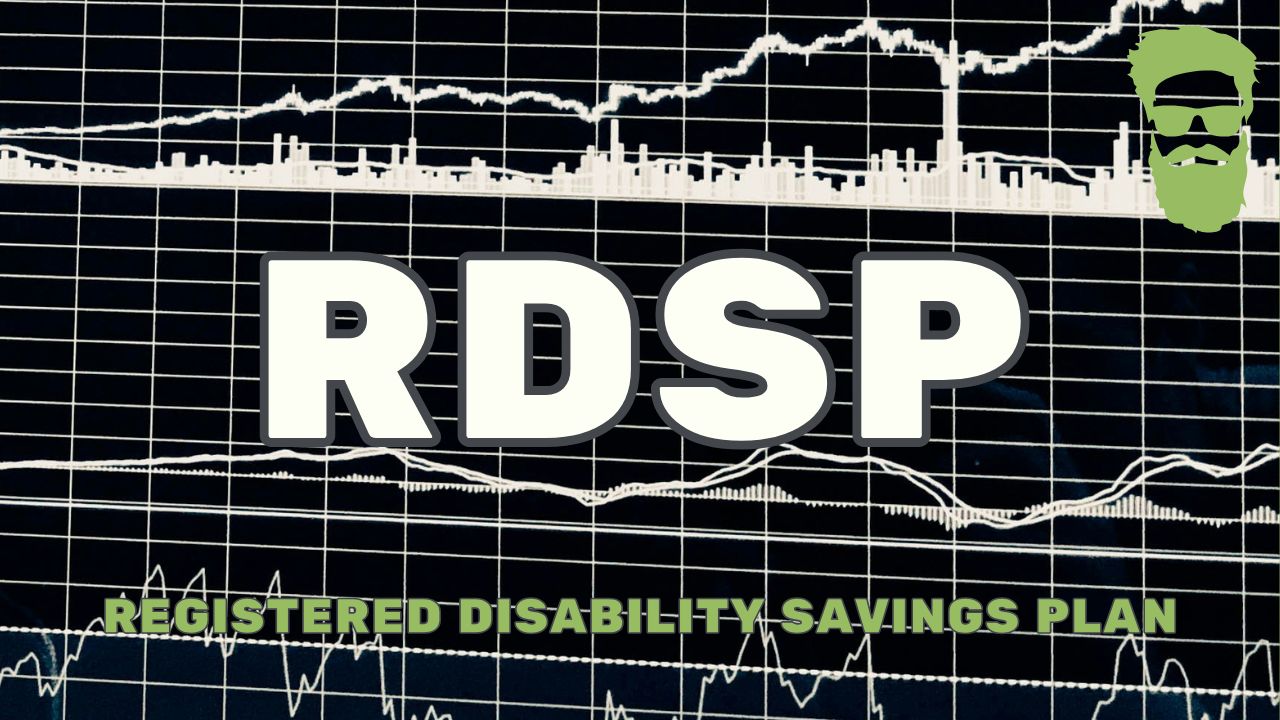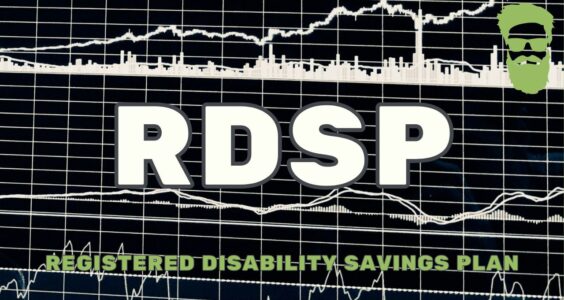Since in 2008, the Registered Disability Savings Plan (RDSP) has been available to Canadians who qualify for the disability tax credit and offers a tremendous bonus to those who are eligible. The RDSP is intended to help people who receive a Disability Tax Credit (DTC) save for long-term financial security. Contributions to an RDSP are not tax deductible and can be made until the end of the year in which the beneficiary turns 59.
How Does an RDSP Work?
Government matching doesn’t apply for individuals over age 49 since the grants and bonds must be held in the account. Contributions that are withdrawn aren’t included as income to the beneficiary when they are paid out of an RDSP. A maximum amount of $200,000 can be contributed to each beneficiary’s RDSP, and contributions can be made until the year the beneficiary turns 59.
What is the 10-year Rule?
When the RDSP was first launched and a withdrawal of any amount was made, all federal grants and bonds paid into the RDSP in the previous 10 years had to be repaid to the federal government. This is known as the assistance holdback amount (AHA). The purpose of the AHA is to ensure that a RDSP is used for long-term savings, and to ensure that government funds contributed are not withdrawn and used as leverage for matching grants in future years.
Canada Disability Savings Grant (CDSG)
A matching program based on family net income. Contributions to an RDSP may qualify for payments from the CDSG, up to a lifetime maximum of $70,000 per beneficiary. Maximum annual CDSG, $3,500 for family net income less than $95,259. Maximum annual CDSG, $1,000 for family net income over $95,259.
Canada Disability Savings Bond (CDSB)
Meant for low-income families and no contributions are required to be eligible for the CDSB. Available to beneficiaries whose family net income is less than $47,630. The maximum lifetime CDSB is $20,000.
What is the Role of the Account Holder?
The account holder is the individual who opens the RDSP, makes contributions to the plan and authorizes third parties to contribute. An RDSP is a registered savings plan established by the Federal Government to assist families in saving for the long-term financial security of individuals with severe disabilities. Government matching and extra funding for low-income beneficiaries form part of the plan. Contributions to the plan are not tax deductible, but the earnings grow tax-free while held in the plan.
What is the Role of the Beneficiary?
The beneficiary is the disabled person who will benefit from the RDSP. A beneficiary can only have one RDSP at any one time. However, an RDSP can be transferred from one institution to another. There can only be one beneficiary under the plan, and the beneficiary must remain the same throughout the lifetime of the plan.
Death of an RDSP Holder
In general, the holder of an RDSP can be the parents) of the beneficiary, a guardian, tutor, public department, or any other qualified individual or body. Additionally, if the beneficiary is over 18 and legally able to enter into a contract, the beneficiary can also be the planholder.
In the event that an RDSP holder who is not the beneficiary dies, the deceased must be removed from the plan as a holder. Where this occurs, the RDSP rules state that a new holder must be named in order for the plan to carry on. The successor holder of the RDSP could be the beneficiary (provided he or she is the age of majority and contractually competent), a surviving parent or qualified relative, the beneficiary’s guardian or a public trustee, to name a few. If a qualified person has not been named in the deceased planholder’s Will, the assignment of a successor RDSP holder may have to be determined by the applicable courts or the office of the public guardian and trustee.
Death of an RDSP Beneficiary
As discussed above, an RDSP can be managed either by a qualified holder or by the beneficiary himself/herself. In either case, where the beneficiary of an RDSP has died, the RDSP must be closed, all amounts remaining in the plan must be paid out to the beneficiary’s estate and the plan must be terminated by December 31 following the calendar year in which the beneficiary dies. Any grant or bonds deposited in the plan in the 10 years prior to the beneficiary’s death must be returned to the government (this is known as the “assistance holdback amount”). However, any accumulated growth on these amounts does not need to be repaid. All other grants, bonds and accumulated growth on the plan will be distributed and taxable to the beneficiary’s estate. As with RESPs, original contributions will be distributed to the beneficiary’s estate tax-free. In these instances, the RDSP assets would also be subject to probate. The RDSP assets received by the estate are distributed according to the RDSP beneficiary’s Will, or the provincial or territorial intestacy law if no Will exists.




